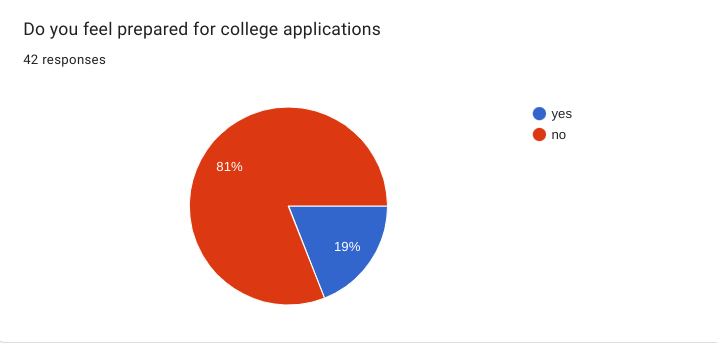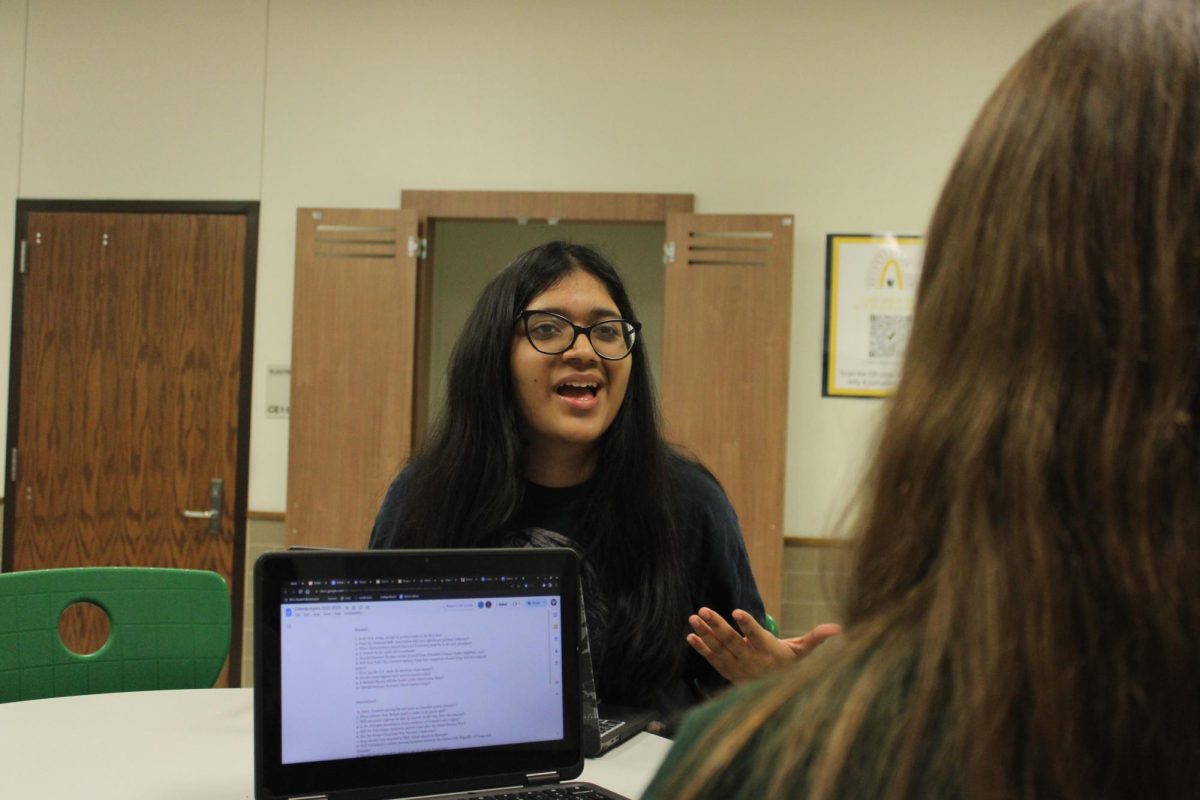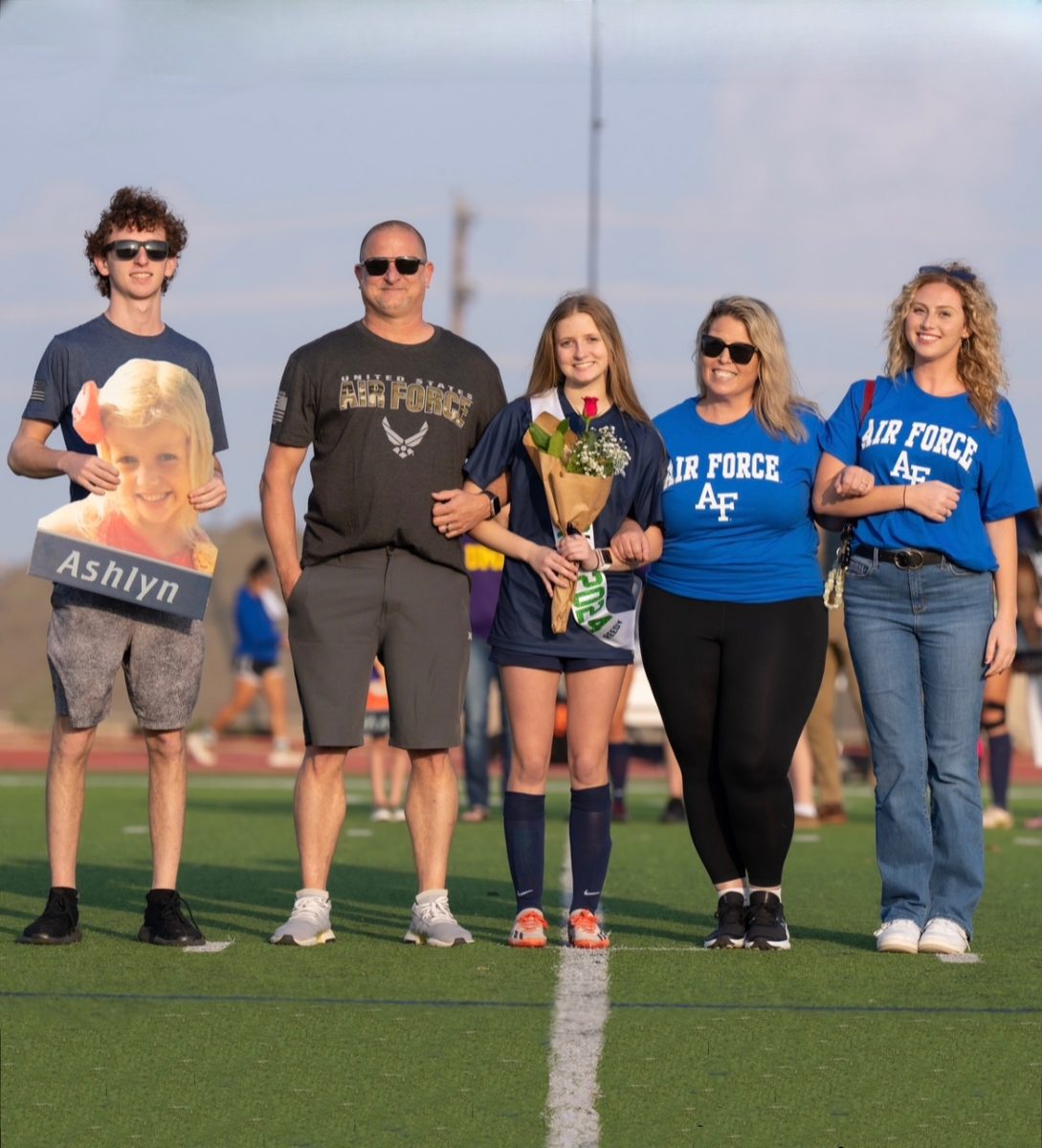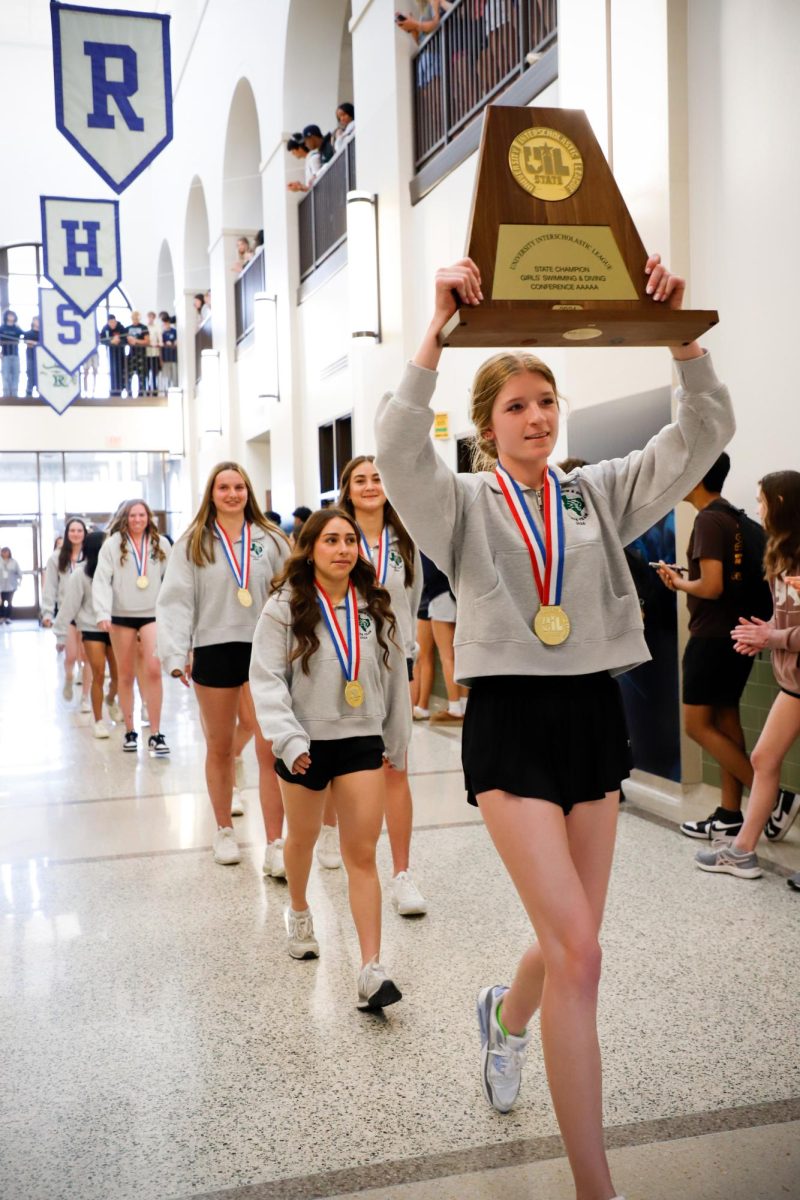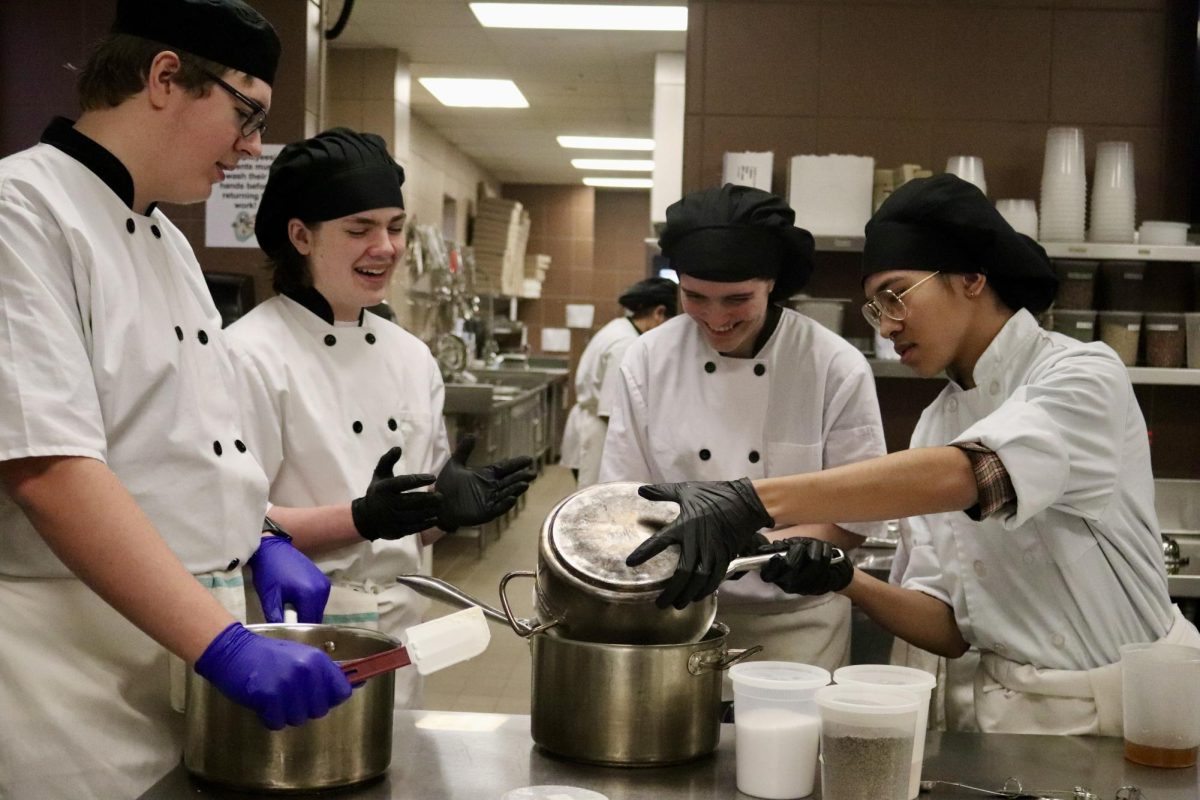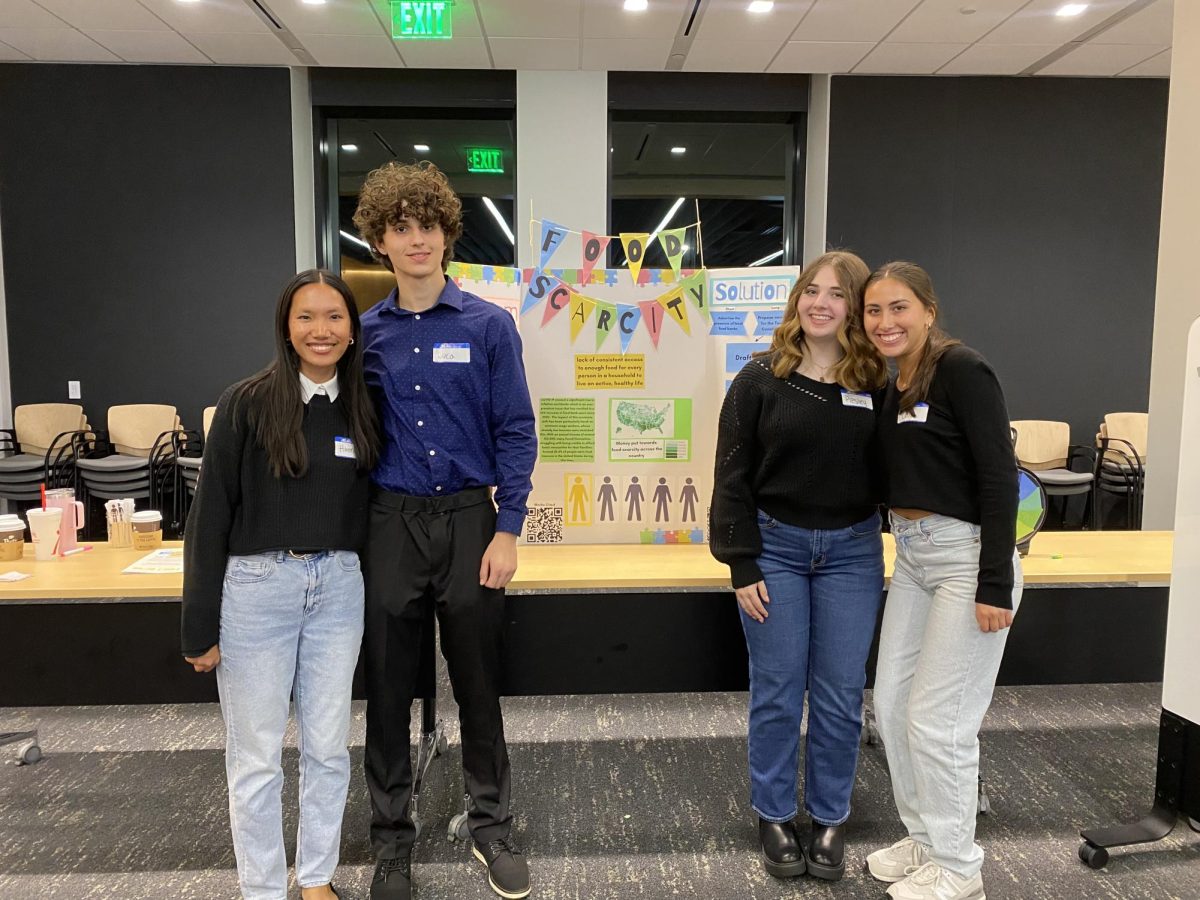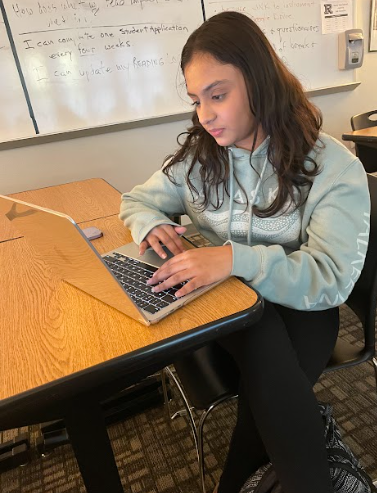Applying to college: a process that supposedly takes a few months, but in reality is comprised of four years of work. It is a process full of twists and turns, and not half as straightforward as most of us wish it would be. It is a process full of lingering questions, but in the end, the answer should take you to where you are supposed to be.
The process is not easy and most answers to your questions you need to search for yourself. Hopefully, by the end of this article many of the lingering questions will be answered.
I would like to disclose that I am not an admissions officer, rather a senior in high school who has just gone through the application process. All of my advice is based on my research, and the personal experiences of my friends and myself. The process might look different depending on each person, the college, and major they are applying for.
When should I start my college applications?
My opinion on this is usually followed by many student’s groans and eye rolls, but you should start as soon as you can. Start the personal statement and fill out the application general information section as soon as Advanced Placement exams are over. School-specific questions take some time to come out, so take that time to really focus on building a resume and writing a personal statement. They are not as easy to write as they seem. My biggest piece of advice is senior year is not the “chill” year that many people claim it is; yes your grades and extracurriculars still matter. The first semester is stacked with college deadlines and tests to study. Give your future self the gift of not being as stressed by applications.
What’s the difference between early action and early decision?
Early Action and Early Decision are two methods of applying that have an earlier application deadline and allow you to hear an answer from the college earlier than if you would be applying regularly. The main difference between the two is that, while you can apply EA to as many colleges that offer that option without any binding commitment, ED can only be to one college and if you get in, good luck getting out. ED is only offered at private colleges – but not all private colleges – and is a binding agreement between you and the institution, in which you agree that if you get in, you are going to the school. There are ways to get out of an ED agreement, but I advise against it.
What is an extended resume?
Many colleges give the applicant an option to submit a resume together with the application. The resume allows you to showcase your activities in a more in-depth way, as well as highlight different aspects of you not present in the application. In your resume, every sport, job, volunteer opportunity, club, community involvement you have ever done in your high school career can be displayed. A regular resume would be around two, maybe three, pages long with few bullet points per item. An extended resume, as the name entails, is the same but detailed. The resume can be as long as you need it to be, with all activities you have participated in since freshman year. The extended resume is the place where you can boast about all your accomplishments to their full extent. However, do be aware which colleges accept which one. While University of Texas at Austin and the University of California schools may prefer a good extended resume, many colleges will not have the time nor the desire to look past three pages.
How important are volunteer hours to your overall application?
Once again, I am not an admissions officer, so the response I have gotten from my many emails to their offices may be different from reality. Each school has different items that they prefer to see in an application. To some schools, volunteer work and giving back to the community weighs more than sports, but to others it is the opposite, so the best is to see what the school you are applying to values. In a general sense, they likely weigh as much as everything else. Not necessarily volunteer hours, but rather community involvement. How involved are you in the community? That matters just as much as volunteer hours. The hours are just a quantitative way to measure your involvement.
How many colleges should you apply to and what is the right safety to reach school ratio?
College applications are costly in time and money. Each application averages to be around $75; although some are free or offer a fee waiver, the majority range from $65 to $85. You are free to apply to however many schools you wish to, but unfortunately there’s no magic number of schools. More important than trying to reach a number, is liking a school. Don’t apply to a school that you don’t want to go just for the sake of reaching a quota, an application takes time and money. In my friends’, and my own personal experience, I would say have 2-3 safeties you would actually enjoy going to and not be dragged. Allow yourself that safety net and the option to choose. I would say that matches and reaches fall on the same rule, 2-3 schools.
What should you look for in a college?
Know yourself and what is important to you. Do you prioritize academics, or social life? Maybe both? Would you rather have classes on all subjects – liberal arts college – or specialize in only math – institute. Know how you react to weather, and try to visit the campus. At the end of the day, those are four years of your life that you are living in a place, make sure you like it. Check the profile of the people that go there as well and make sure you feel it’s compatible.
How do you set yourself apart from everyone else?
That is the question of the century. In all honesty, as much as it hurts to say, there is no real way to know what a college wants in that particular admissions cycle. Maybe the orchestra that year needed a violin player, or their current quarterback just had ACL surgery, maybe the admissions officer enjoyed an essay that would not stand out so much to another admissions officer. There are millions of stories of people that would not have gotten into the college in the previous admissions cycle but did on the next one.
College admissions can really be a lottery game sometimes. First ensure that your application stays in the pile with your test scores and grades, and then secure the spot with your essays. The best way to stand out is to be as authentic as possible. Show colleges what makes you you; not what makes you unique, but what values and experiences shaped you into who you are.
Of course a passion project helps. Passion projects are usually recommended for students who are applying to highly selective schools, as they demonstrate commitment, perseverance, and application of knowledge. A passion project, as the name suggests, is an out-of-school project created on a topic or theme that the student is passionate about. Passion projects tend to be extensive and take quite a bit of time to put together, but the applicant’s dedication to spontaneously apply their knowledge to better the community or just delve in their interests is very appealing to colleges. I have friends that wrote children’s books on cybersecurity and AI development; I have friends that created a fashion line on recycled clothes; I myself designed a park in the city of Frisco. While the examples may seem intimidating, once the plan is made and starts being put into action, it becomes much easier and definitely worth it.

